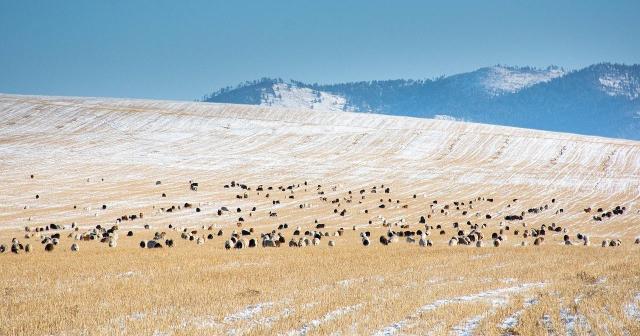Beef + Lamb New Zealand (B+LNZ) has released its annual Stock Number Survey, showing a notable decline in both sheep and cattle numbers as of 30 June 2024.

The reduction follows significant decreases in the past couple of years. While the primary driver in previous years has been land-use change as a result of the conversion of sheep and beef farms into forestry, this year’s primary driver was drought in key sheep and beef regions.
Drought has seen farmers needing to destock and impacted the outlook for lamb production for the coming season.
Sheep numbers are estimated to have decreased by 4.3 percent, down to 23.31 million, with breeding ewe numbers falling by 2.9 percent and trading sheep stock numbers fell 7.9 percent. Farmers sought to maintain their breeding ewes and decreased their trading stock more.
The decline in ewes and a lower expected lambing percentage, also caused by drought, means the lamb crop is anticipated to decrease by 4.8 percent (970,000 head) on last year.
Beef cattle numbers are down 2.8 percent overall, most significantly in the South Island, where drought led to a 7.1 percent decrease, while the North Island is relatively steady, down 0.8 percent.
"This year has been particularly tough for sheep and beef farmers,” says Kate Acland, Chair of B+LNZ.
“The combination of drought across many parts of the country, high costs, and low sheep prices and has put immense pressure on farmers.
"Farmers are facing tough decisions on their farms, with many having to sell off capital livestock not only due to drought but for cashflow reasons. This will not only affect their income this year but will also have long-term implications for future profitability.”
The report indicates that while there may be a partial rebuild of stock numbers in some regions in the coming season, the full recovery of sheep numbers to pre-drought levels is unlikely, due to ongoing land use change into carbon forestry. The number of beef cattle may recover more quickly as prices have remained strong for beef and farmers have been switching from sheep to cattle.
The early destocking, lower stock numbers overall and current desire to rebuild livestock (in regions impacted by adverse weather events) is contributing to a shortage of animals available for processing. This is exacerbated by lower bull numbers due to less calves reared two years ago, when profit margins were low.
Acland says the challenges of the last few years are likely to have wide-ranging and lasting repercussions.
"The long-term decline in stock numbers is concerning, it directly impacts the ongoing sustainability of farming and rural communities.
“Our sector is an economic powerhouse, generating significant export revenue and supporting the livelihoods of thousands of Kiwis across the country, so these impacts will be felt by the whole economy.”
Acland says B+LNZ has recently strengthened its strategic focus to sit more strongly behind the farm gate, focussing on issues that farmers can control that directly impact productivity and profitability.
“While current conditions are tough, the medium-term outlook remains positive, we’ve weathered downturns before, and I remain optimistic about the future. Worldwide demand for high-quality sustainably produced protein is growing and New Zealand is well placed to fill this demand,” she says.
Read the full report (PDF, 3.4 MB)
The Stock Number Survey report is one of a number of analyses produced by B+LNZ to give insights into the sector and assist farmers with information for them to make decisions.
ENDS
For media enquiries, please contact [email protected] or call 027 209 9891.